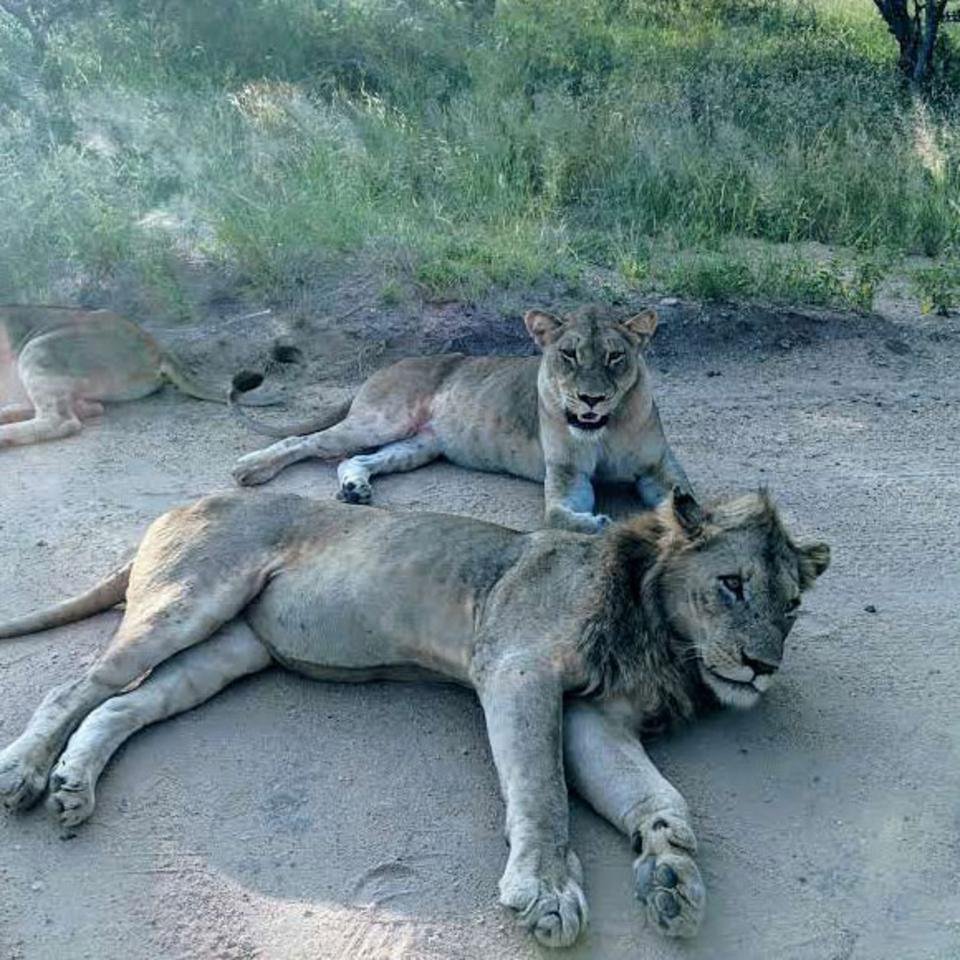An international team of scientists recently completed a comprehensive analysis of seabird bycatch in Southern Hemisphere tuna surface longline fisheries. It was carried out at the final workshop in a multi-year Common Oceans ABNJ Tuna Project run by Birdlife on behalf of the Food and Agriculture Organisation.
The workshop at Kruger National Park in South Africa involved about 30 people from countries that included Japan, South Africa, Korea, Taiwan, Uruguay, Australia and Brazil. Dr Igor Debski from the Department of Conservation and Edward were there from New Zealand as part of the technical team.
“During the workshop we developed an estimate of total seabird bycatch for the Southern Hemisphere, for surface longline fisheries operating south of 20 South. As the workshop we compiled one of the best datasets of observer data on seabird bycatch that has been compiled. The dataset could only be worked on for the duration of the workshop so the analysis was necessarily limited, but we had three teams trying to calculate total bycatch using different methods and we all came up with similar estimates.”
Edward says one of the teams calculated the bycatch using only information published in the literature (rather than observed data) that was applied across the different regions. It also lined up with the data-based methods.
“It was good to be able to share what we are doing in New Zealand – our analysis methods are relatively sophisticated. I think that’s because of the amazing diversity of our seabirds. We have 40 or 50 species turning up in our bycatch, so we’ve had to develop methods to characterise that.”
A report on the workshop and the estimate will be published by the FAO in due course. But Edward says the real outcomes are the relationships and the capacity building that the project has enabled, as well as the encouragement for countries fishing in the Southern Hemisphere to collect better data.
“We met in Vietnam and now South Africa, and a group from Japan is coming to Dragonfly next week to do further work to write up the results for the Commission for the Conservation of Southern Bluefin Tuna. I also expect to see analyses based on the knowledge we’ve shared turning up from these countries at the tuna regional fisheries management organisations to inform future decision-making.”
After the workshop, Edward and Igor had a few days to enjoy the local wildlife including lions, elephant, giraffe, hyena and impala. As an expert birder, Igor was able to point out some of the 500 species that can be found in the national park.
Read more about this project and the workshop in Vietnam in 2017.


